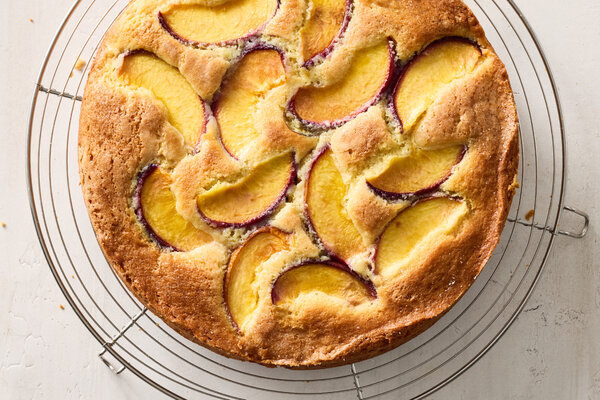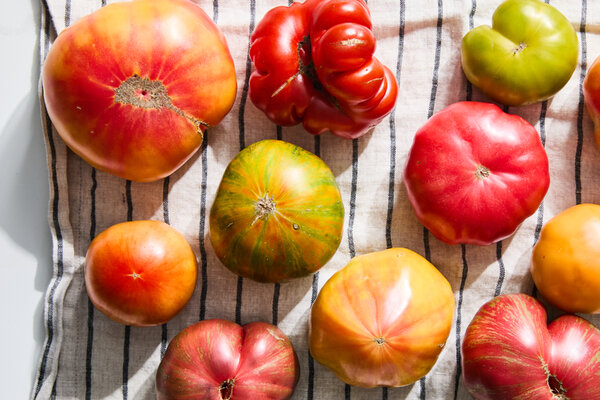The best-tasting chicken results when you don’t take it too far from itself, when you let the chicken taste like chicken. For that, you might start with the bird, and look to “the chicken whisperer” — more specifically Mike Charles, the founder and chief executive of LaBelle Patrimoine.
Mr. Charles grew up around chickens in Lancaster County, Pa., and has always been passionate about caring for them. (His family has been in the chicken business since they immigrated from Italy at the start of the 20th century.) In grade school, when other students brought their stuffed animals for show-and-tell, “the chicken whisperer” brought in live chickens and taught his classmates how to catch them.
As a sixth-generation chicken farmer, his love for the birds underscores his operation, which lets them roam fields, jump onto hay bales and grow slowly, living 10 weeks instead of the usual six or so.
It also yields a finer end product: His birds are yellow (from all the vitamin D they get outside) and fatty in just the right places, with normal-size breasts and big thighs (from all the roaming and jumping), the kind of heritage meat he’s eaten his whole life. “This is how chickens used to taste,” Mr. Charles remembers his Italian grandmother saying, as they ate a simply salted and peppered bird. And therein lies perhaps the most important part for the chickeniest chicken: a straightforward preparation.
This recipe takes bone-in, skin-on portions and pan-roasts them with little to no fat in an uncovered pan, an Italian home cook’s method, which the chef Paul Bertolli describes in his seminal book, “Cooking by Hand.” Cooking the portions almost entirely on the skin side like this, using the direct heat at the pan’s bottom, results in shatteringly crisp skin, beautiful rendered fat and evenly cooked meat — like roast chicken without the oven.
“It is truly the essence of the meat that remains attached to the pan,” Mr. Bertolli explained over email, delivering “a taste that is more ‘true.’”
A final takeaway? To listen. A gentle sputtering lets you know the chicken is releasing moisture, searing against the heat. When it stops, the meat is fully cooked, and the skin crisp and evenly browned. A quick pan sauce of chicken stock, lime juice and maple syrup, made glossy with a few pats of butter, completes this dish and deglazes the pan, saving you scrubbing time later.
Pan-roasting isn’t difficult, but it can turn a home-cooked meal into something restaurant-worthy. What chefs don’t tell you is that the difference between restaurant cooks and home cooks is the venue. The best restaurants for me are the ones that feel like you’re eating in someone’s home, and the best home-cooked meals are the ones that feel like you’re eating in a restaurant. A good playlist, nice tablecloths, a lit candle: It doesn’t take much.




